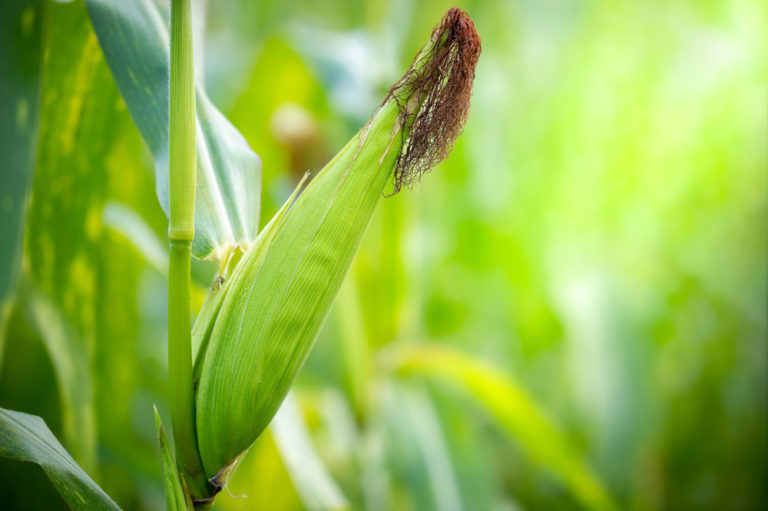Kamaro is a German company that came out of academia and designs and manufactures agricultural robots. Its goal is to automate various tasks related to agriculture. The aim is to simplify the lives of farmers and improve the yield of a cultivator’s field.

A robot for collecting corn
One of the robots designed by the German firm is the Kamaro 2010, which was developed for corn harvesting. Intended for corn fields that are often vast, it has several uses such as fertilizing the agricultural land, eliminating parasites that damage and attack corn plants, and detecting intruders in the field such as wild boars.
After a phase of experimentation, Kamaro responded positively to all the tests and proved its effectiveness in the field. Now begins a phase of extending its missions and marketing the robot.
From the creation to the marketing of the robot
A technological gem, the robot has undergone many improvements between the time of its creation and the form in which it is now marketed. In 2010, during the first version, it turned out that the technology and mechanics of the robot did not guarantee long-term use. This is why it was decided to start the design and experimentation phase again completely.
This design phase allowed for both compartmentalized and decompartmentalized thinking, to improve each component of the robot individually, but also to improve its function as a whole. It would seem that this phase of intense reflection and questioning of this project bore fruit since the Kamaro was awarded for the first time in 2015, after three years of redesign work. This prestigious award received during the 2015 Robotour did not stop the questioning of the quality of the robot and the possibility of making improvements to it.
To do this, they relied on companies with cutting-edge know-how in machining and mechanical components. For example, they chose to trust Nozag to develop their toothed gear wheels. This is what the mechanical parts supplied by the Swiss firm Nozag SARL look like.
Once the mechanics and electrical engineering were convincingly established, it was necessary to rework the robot program. These electrical engineering improvements were accompanied more recently in 2019 and 2020 by improvements in terms of electrical engineering. This improvement made it possible to dissociate the software they produced and which is necessary for the operation of the robot, from the hardware on which it is installed. This means that they are now able to repair and replace one or the other of the parts, without touching the second.
Today, the thinking is focused on ecological issues and the footprint left by this robot. In the same way that they work for simpler and more efficient agriculture, they do not want to participate in an ultra-carbon world, in which their innovative robot would be nothing more than a pile of additional waste production. They are therefore thinking of materials that are fairer for the environment and more eco-responsible.


















